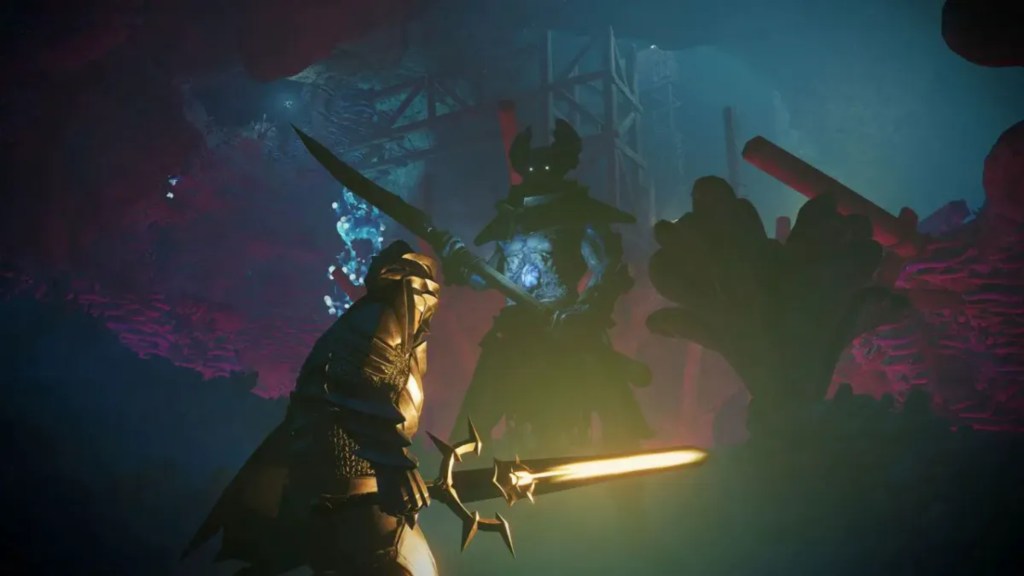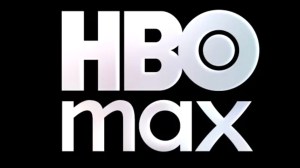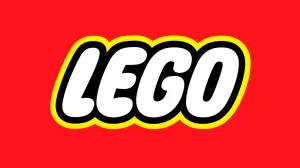The gaming industry has been an interesting and frequently unpredictable space lately. While video games exploded during the Pandemic lockdowns a few years ago, the industry has found itself on shakier ground in recent years. While some games have come out of nowhere to dominate the conversation (like Clair Obscura), major flops like Concord have shown how even the biggest studios and publishers can stumble. In an environment where those kinds of mistakes can be fatal to a studio, it’s more important than ever to pay attention to the industry and what’s doing well within it.
Videos by ComicBook.com
That’s why analytics about platforms like Steam are important to keep an eye on, as they can speak to the general trends that players are driving the industry towards. One notable finding speaks to just how thoroughly indie games have been overtaking the older model, with a sizeable shift in the sales of smaller titles highlighting how much players are moving away from the older AAA standard and embracing more experimental (and far more affordable) titles. Here’s how the shift in Steam’s game sales highlights the changes in the industry as a whole and what it says about gaming’s future.
Indie Games Are Selling More Than Ever

According to the research from GameDiscoverCo, the median price of the best-selling new games on Steam has notably dropped in a matter of years. Looking at the first month of sales for the top 50 new titles to launch on Steam between February 2023 and October 2025, the analytics suggest that over the last two and a half years, there has been a notable increase in games sold that have a cheaper price tag.
The report points out two major takeaways from this development: that gamers are embracing indie titles that are $20 or less and moving away from the AAA games that can come with a price tag that is three times (or sometimes even more) as expensive as those smaller titles. The report argues that new IP, in particular, is thriving in this space. Coupled with older games frequently being sold at low rates, this suggests that the cheaper, more streamlined titles are finding greater success with modern players than the bigger AAA titles that are typically seen as the dominant force in the industry.
This presents a double-edged sword for indie developers. On the one hand, it’s a promising development for new companies and fresh IP, suggesting that players are willing to dive into an interesting title regardless of whether or not it has an iconic character or IP at the center of the presentation. However, it also means the players are contending with a wealth of options, and many developers are getting lost in the chaos.
In another analysis of the average Steam player and the current game ecosystem, Gamalytic found that over 5,000 games released on Steam across 2025 failed to sell enough units to even make up for the cost of publishing the game on Valve’s store. That speaks to the sheer number of titles that are currently available, and how hard it can be to break through. However, it also underscores a challenge that the big studios and game developers have been forced to contend with.
What Steam’s Numbers Mean For The Future Of Gaming

The gaming landscape is in an interesting place at the moment. It’s an era where major companies expect their gaming divisions to turn massive profits, where even successful developers like Tango Gameworks can be shut down for failing to meet those standards. A high-profile title needs to make money fast; otherwise, the studio can risk being dismantled. AAA games are riskier than ever, especially when high-profile titles like Grand Theft Auto 6 risk stealing all the oxygen in the room.
By contrast, games with smaller budgets and less stringent corporate expectations can stumble out of the gate but pick up momentum over time. However, they too face a massive amount of competition and expectation, with the right indie title launching at the right time blowing up to become a major hit — and overshadowing everything else hitting the market. It also speaks to the current perspective of gamers in the modern landscape. People are being more judicious with their purchases across the board, and that extends to gaming. While good reviews and strong word-of-mouth might be enough to get a player to consider a new title, the price tag is also more important than ever.
Players are more likely to stick to free-to-play games if they can and won’t take a chance on a bigger budget title when the same amount of money could get them two indies and a classic trilogy that they’ve never played before. The sheer scope of access to older titles and indie games alike means that AAA games don’t necessarily dominate the industry as they used to. Developers like AdHoc are able to focus on their relatively more streamlined titles — they can release them for lower price tags and have more modest expectations, allowing titles like Dispatch to vastly oversell expectations after it landed well with audiences.
Gamers are gravitating more towards indie titles not just because they offer fresh experiences, but because they don’t break the bank to do so. Major developers have to adjust to this, leaning instead into the sheer scale that their increased budgets can allow for. While there will always be a place for those high-end titles in the market, it means that the room for competition is becoming tighter. It’s something both indie and major developers need to keep in mind when making projections and determining their expectations during development, and it could continue to shape the modern gaming landscape in unexpected ways.








